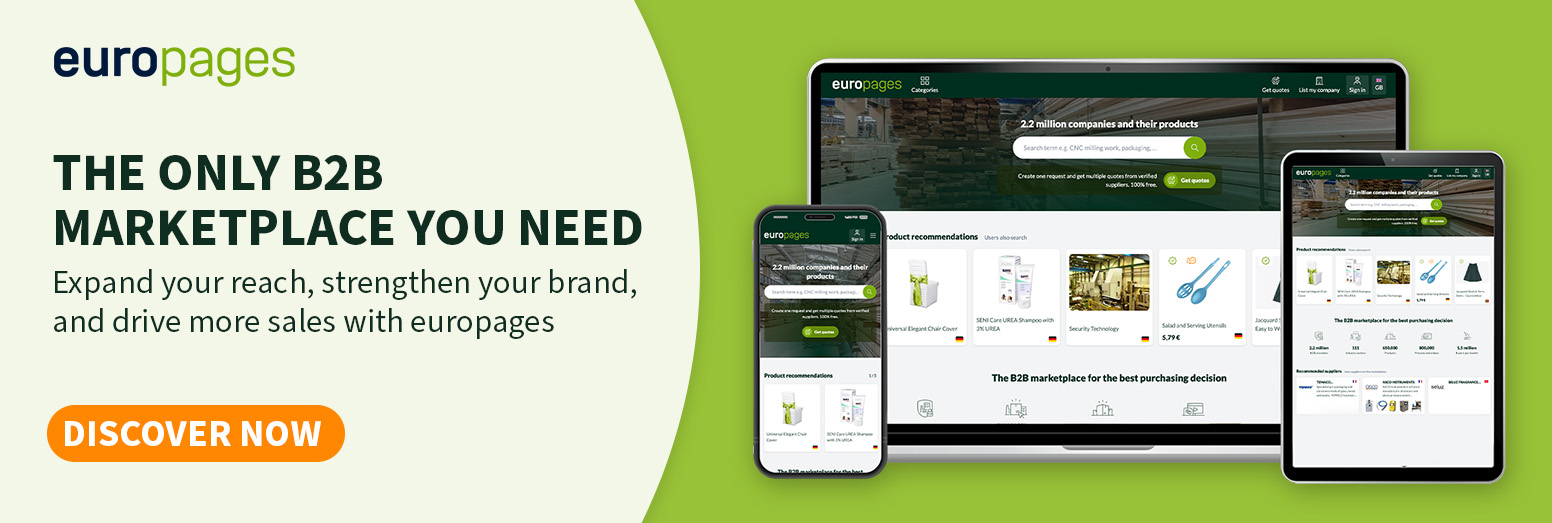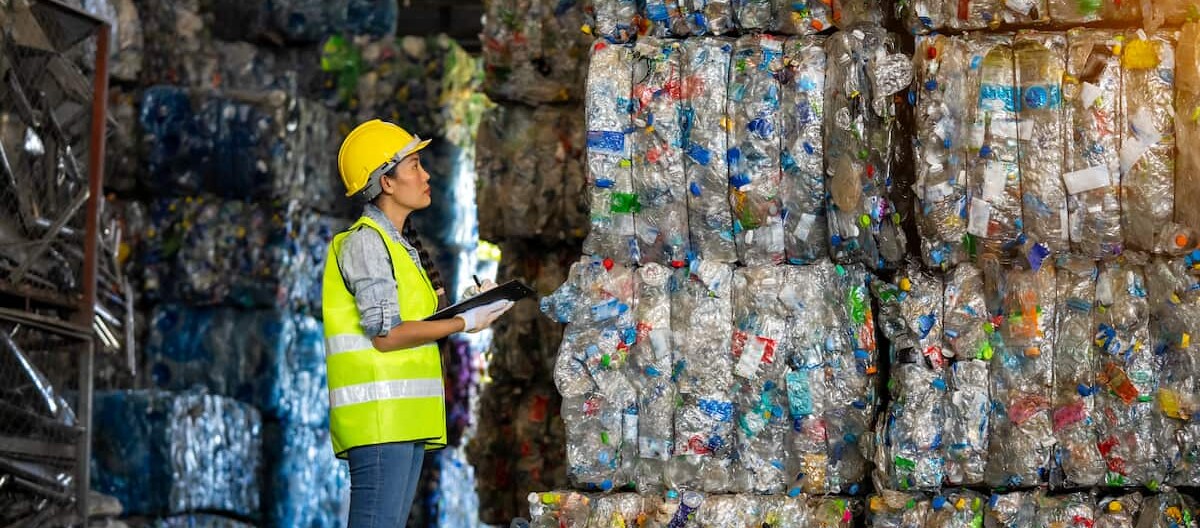Table of Content
- Traditional Recycling Methods Struggle to Meet Purity Demand
- How Supercritical CO2 Is Raising the Bar in Plastic Recycling
- European Projects Prove the Potential of Supercritical CO₂
- Why Supercritical CO2 Matters for Procurement and Compliance
1. Traditional Recycling Methods Struggle to Meet Purity Demand
Plastic recycling in Europe is under pressure to meet both quality demands and strict regulatory standards.
More than 50 million tonnes of plastics are consumed annually across Europe, but recycling systems are still struggling to keep up.
While production increases, the recycling output of high-quality material lags behind.
A large share of recycled plastics cannot be reused in sensitive products like for food, pharmaceuticals, cosmetics or toys, largely due to contamination and inconsistent material purity.
In response, the European Union has introduced a series of regulations aimed at boosting both the quantity and quality of recycled plastics.
These include the Single-Use Plastics Directive and the Packaging and Packaging Waste Regulation (PPWR), which sets a plastic packaging recycling target of 55% by 2030.
However, the limitations of current recycling technologies are becoming increasingly clear.
- Mechanical recycling, the most used method, is energy-efficient and relatively low-cost. But it cannot fully remove additives, plasticizers or contaminants embedded in the polymer structure. The resulting material often falls short of safety requirements for direct consumer use.
- Chemical recycling, on the other hand, breaks down plastics to their molecular level and rebuilds them into new polymers. While it offers higher purity, it comes with a higher environmental footprint and greater operational costs.
| Recycling Method | Pros | Cons |
| Mechanical Recycling | Low cost, mature technology | Limited purification, not suitable for food-grade |
| Chemical Recycling | High purity, removes most contaminants | High cost, energy-intensive |
| Supercritical CO₂ (SC-CO₂) | Removes specific contaminants without altering polymers | Still scaling up, requires mechanical pre-treatment |
2. How Supercritical CO2 Is Raising the Bar in Plastic Recycling
One new solution is supercritical CO2, a state of carbon dioxide produced at high pressure and temperature, where it behaves both like a gas and a liquid.
In this form, CO2 acts as a powerful solvent, capable of penetrating plastic granules and extracting embedded contaminants such as plasticizers, additives, and even persistent pollutants like polycyclic aromatic hydrocarbons (PAHs).
Supercritical CO2 technology is already used in sectors like coffee decaffeination, pharmaceutical production, and essential oil extraction. Its application in plastic recycling is newer, but early results are promising.
The method works after mechanical recycling, treating pre-processed plastic granules to further purify them without damaging the polymer chains.
This means it doesn’t replace existing processes but improves them, making it possible to bring recyclates up to food-grade or pharma-grade standards.

3. European Projects Prove the Potential of Supercritical CO2
Several trials in Europe are already showing how supercritical CO2 could change the game for recycled plastics.
In France, the IPC Technical Centre in Oyonnax has installed the largest SC-CO₂ purification unit on the continent. The goal: remove harmful substances from post-consumer plastic, making the material safe for reuse in food contact applications.
Meanwhile, a study led by Hamburg University of Technology (TUHH) assessed the technology’s effectiveness on oil-contaminated HDPE containers. Researchers used supercritical CO₂ to clean plastic so effectively that it met strict European safety standards for reuse.
The study also confirmed that the polymer’s structure remained intact, meaning no degradation or loss of mechanical properties.
4. Why Supercritical CO2 Matters for Procurement and Compliance
Supercritical CO2 offers several strategic advantages for buyers sourcing recycled plastics:
- Regulatory compliance: SC-CO₂-treated plastics can meet REACH and PPWR thresholds for toxicity and purity, which is critical for food contact, cosmetics, and medical-grade packaging.
- Cost-efficiency: Supercritical CO2 costs more than mechanical recycling but far less than full chemical processing, offering buyers an efficient and affordable middle ground.
- Applications: The technology is particularly relevant for sectors where product safety and hygiene are non-negotiable, such as ready-meal containers, reusable logistics trays, pharma packaging, and personal care products.
- Procurement benefits: The process is traceable and standardized, which helps reduce compliance risks and supports supplier transparency.
- Risk reduction: Sourcing high-purity recyclates reduces the likelihood of product recalls, import rejections, or regulatory audits, which can be costly and reputationally damaging.

Conclusion
Supercritical CO₂ is not a replacement for existing recycling methods but a strategic add-on that sets new standards for material quality. It helps close the gap between what regulations demand and what recycled plastics can currently deliver.
With industrial adoption gaining momentum, now is a good time for buyers to get ahead. When it comes to compliance, it’s better to be early than to be audited.
More information on recycling and sustainability can be found in these insightful articles on europages’ online blog Inside Business:
Sustainable Development: Sustainability Goals | Europages

